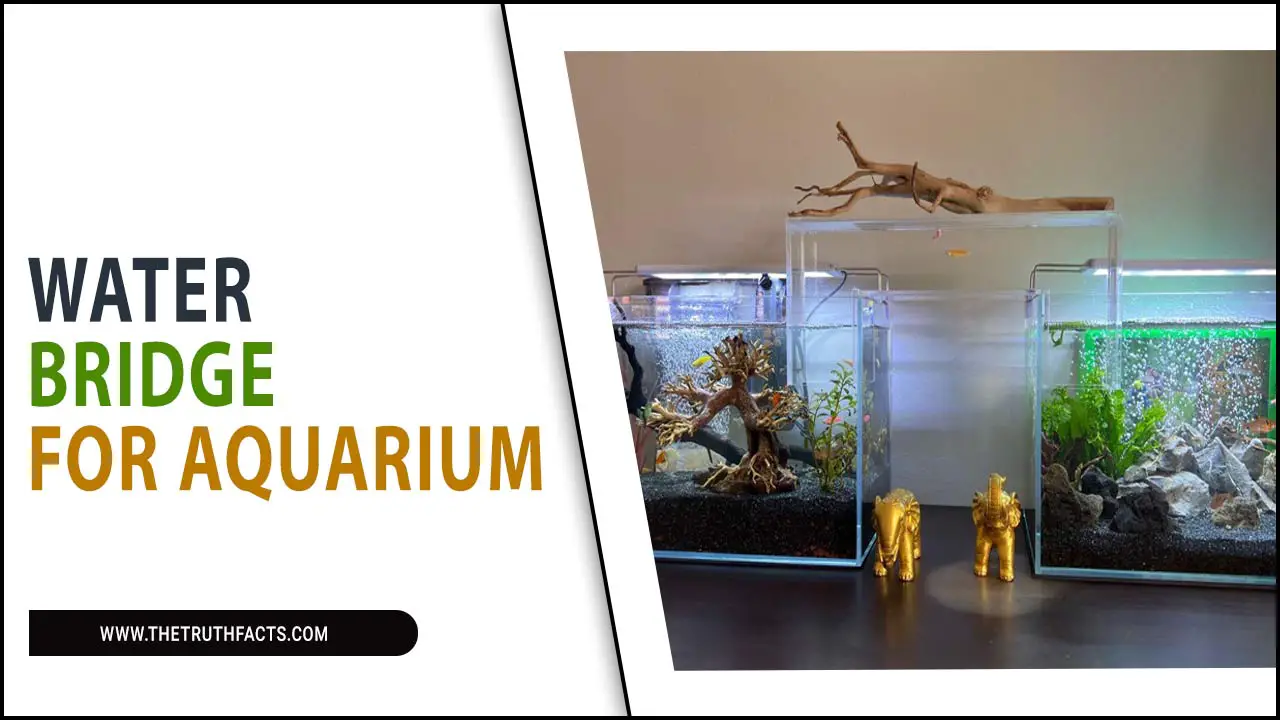Danio fish are popular in the aquarium world, known for their vibrant colors and active personalities. Among the many fascinating aspects of these fish, one of the most intriguing is their breeding habits and the development of their eggs.
As a responsible aquarium owner, it is important to understand Danio egg development’s complexities and the best practices for caring for these delicate structures. We will explore everything you need to know about Danio eggs, from their anatomy to the intricate details of their growth and development.
We will also delve into the various factors that can affect the health and viability of these eggs, including water quality, nutrition, and environmental conditions. So, let’s dive in and explore the fascinating world of Danio egg development together.

The Danio Eggs Breeding Tips And Tricks
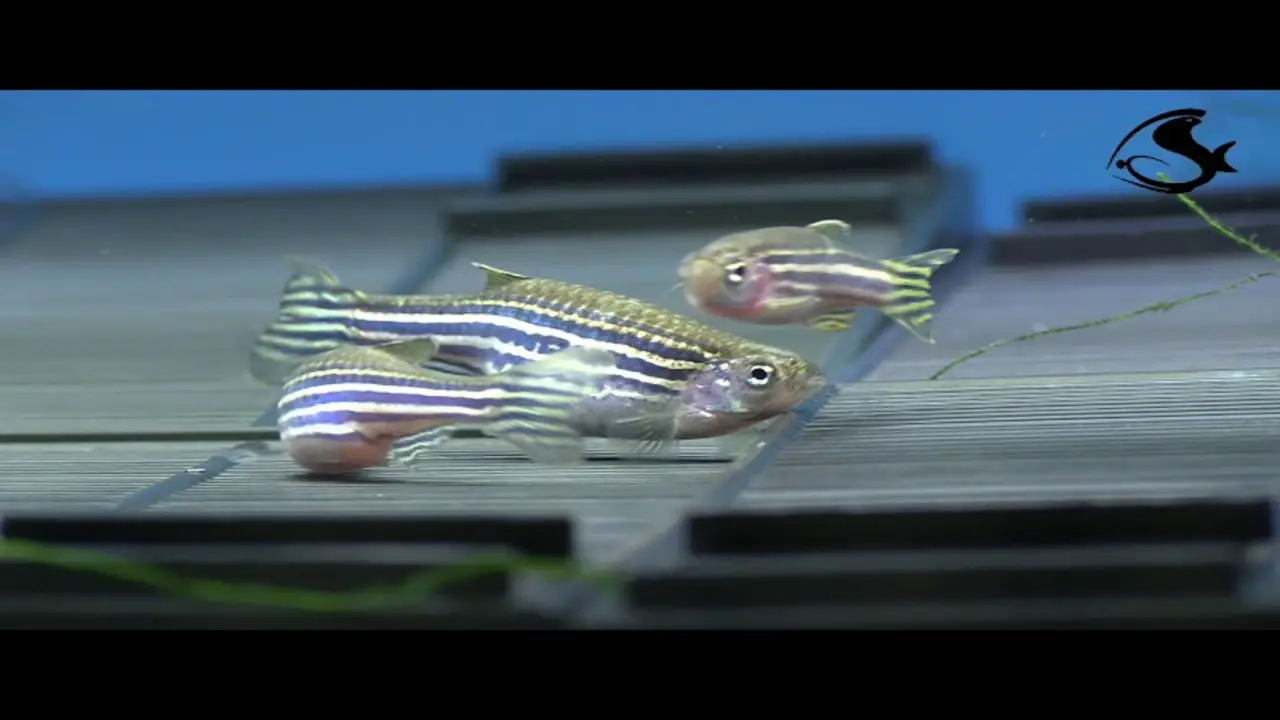
Breeding danio eggs can be an exciting and rewarding experience for fish enthusiasts. There are a few tips and tricks to keep in mind to increase the chances of successful breeding. Firstly, it is important to provide a suitable environment for spawning. This can include a separate breeding tank with plenty of hiding spots and vegetation. Secondly, ensuring the water conditions are optimal is crucial.
Maintaining a temperature between 75-80°F and providing clean, well-oxygenated water can encourage the danios to lay eggs. Lastly, offering a varied diet that includes live or frozen foods can improve the health and fertility of the fish, increasing the likelihood of successful breeding.
Following these tips and tricks can enhance your chances of successfully breeding danio-eggs and witnessing the miracle of new life in your aquarium. Here are full step by step processes to breeding danio-eggs.
Preparing For Danio-Eggs Breeding
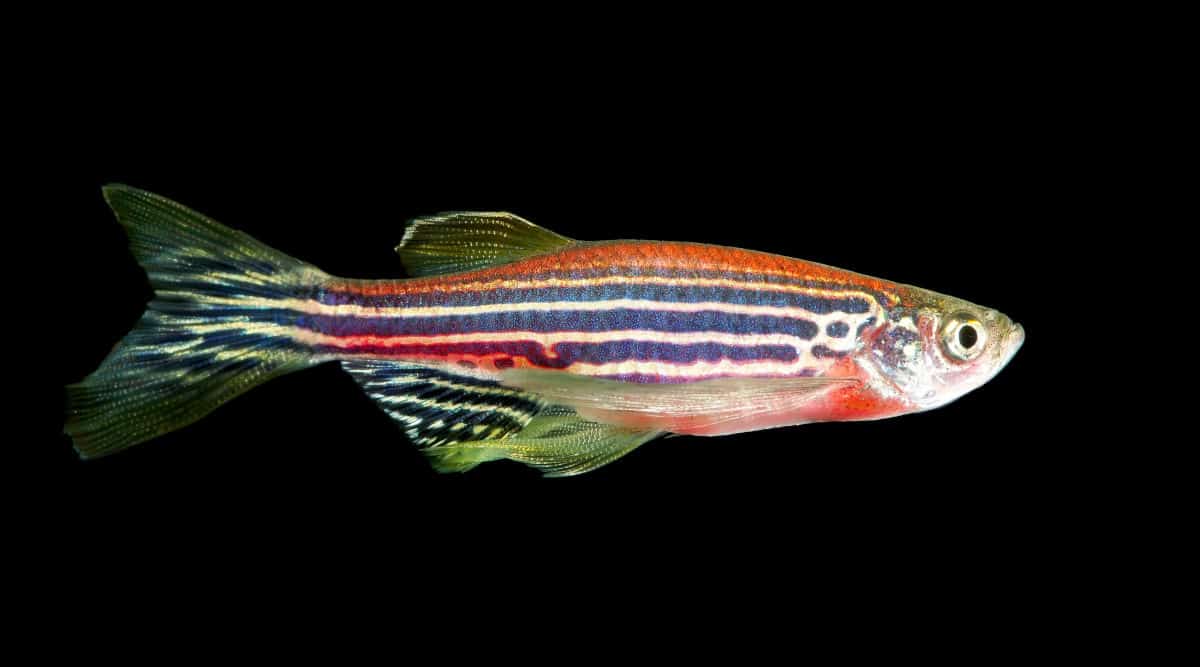
To prepare for danio egg breeding, it is crucial to create a suitable environment that mimics their natural habitat. Ensuring the availability of necessary resources such as live plants, hiding spots, and proper filtration is essential for successful breeding. Preparing the breeding tank involves thoroughly cleaning it to remove potential contaminants and conditioning the water to the right parameters.
Additionally, setting up essential equipment like a heater and sponge filter helps maintain optimal conditions for breeding. Properly conditioning the breeding tank by cycling it and adding matured filter media aids in establishing the necessary beneficial bacteria. By following these steps, you can create an ideal environment for danio egg breeding.
Setting Up A Breeding Tank
It is important to consider the ideal size and features to set up a breeding tank for danio-eggs. A tank that is at least 10 gallons in size is suitable for breeding danio rerio, also known as zebra fish. You should choose an appropriate substrate, like fine-grained sand or gravel. Adding some live plants and decorations, such as rocks or driftwood, can provide hiding spots for the eggs and create a natural environment for the fish.
A filtration system with gentle water flow is recommended to ensure the well-being of the fish and the eggs. Monitoring water parameters, such as temperature and pH levels, is crucial to create optimal conditions for the eggs to hatch successfully. By setting up a breeding tank that meets these requirements, you can enhance the chances of successful breeding and the growth of healthy danio fry.
Choosing The Right Male And Female Danio Fishes
When choosing male and female Danio fishes, it is important to consider a few factors to ensure compatibility and successful breeding. By considering these factors and selecting the right male and female Danio fishes, you can increase the likelihood of successful breeding and maintaining a healthy aquarium population. Here are some key points to keep in mind:
- Look for healthy individuals: Choose active fish with bright colours, showing no signs of disease or injury.
- Size and age: Select males and females that are similar in size and age. This will increase the chances of successful breeding.
- Observe behavior: Pay attention to how the fish interact with each other. Look for signs of aggression or dominance, as this can impact breeding success.
- Coloration: In some species of Danio, males and females have different color patterns. Make sure to choose individuals with the desired coloration for your breeding goals.
- Compatibility: Ensure that the male and female Danio fishes you choose are compatible in terms of water parameters, temperature requirements, and behavior.
Feeding And Conditioning Danio Fishes For Breeding
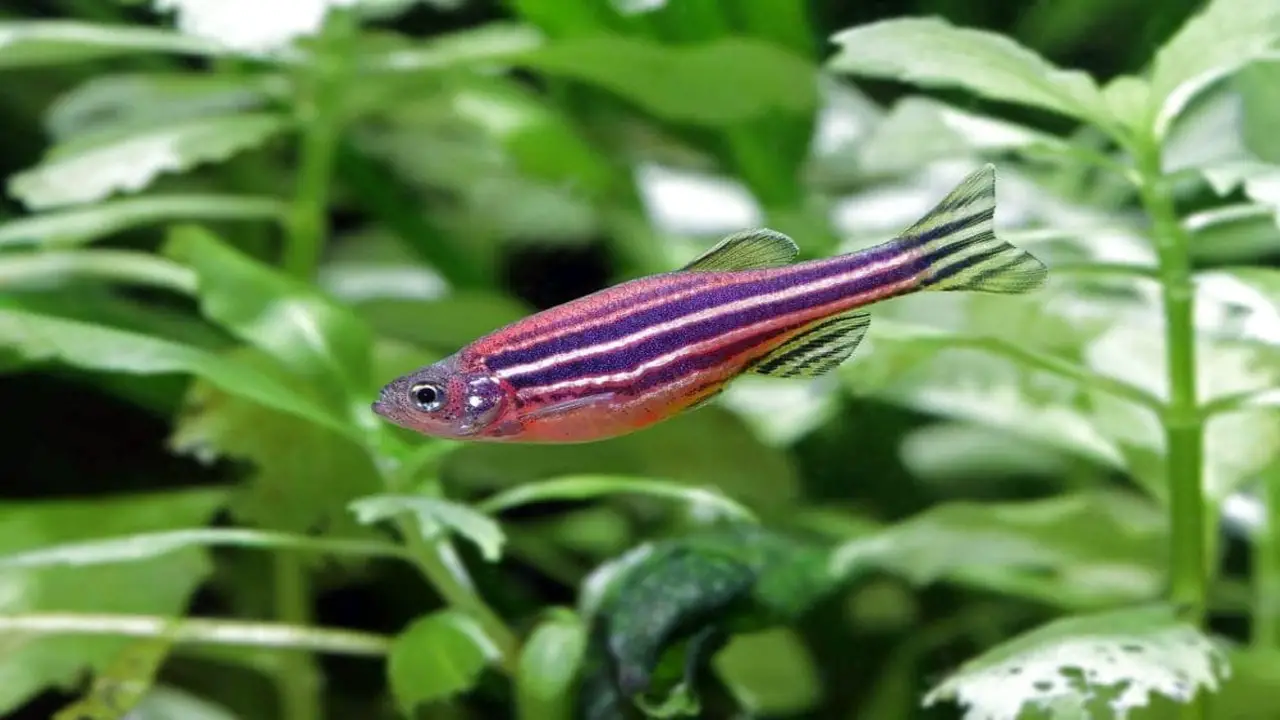
To ensure successful breeding of Danio fishes, it is crucial to provide them with a balanced and nutritious diet. Proper conditioning of the fish before breeding is also essential. Live or frozen foods can be incorporated into their diet to enhance fertility. Establishing a feeding schedule during breeding is recommended to ensure the fish receive adequate nutrition.
Monitoring their diet is important to maintain optimal health for breeding. Danio fishes can be prepared for successful breeding following these feeding and conditioning practices. This will increase the chances of obtaining healthy and viable danio-eggs, leading to the growth of a thriving zebra fish community in the tank.
Natural Breeding Process
Observing and facilitating the natural mating behaviors of danio fishes is crucial in understanding their natural breeding process. Courtship is vital in this process, involving various displays and behaviors that signal readiness to mate. By closely monitoring these behaviors, breeders can identify signs of successful fertilization, such as the female releasing eggs and the male releasing milt.
Once fertilized, danio-eggs undergo development, progressing from unfertilized eggs to free-swimming larvae. Throughout this process, it is important to ensure the safety and well-being of adult danio fishes by maintaining a suitable community tank environment with proper water quality and adequate light and temperature conditions. By carefully observing and supporting the natural breeding process, breeders can successfully raise healthy danio fry.
Artificial Breeding Methods
Utilizing various techniques, breeders can stimulate danio fish breeding behavior artificially. One common method involves implementing hormonal treatments to induce artificial danio egg production. Another aspect of artificial breeding is the collection and preservation of danio-eggs. Breeders explore different techniques to gather and store these delicate eggs successfully.
Once collected, the eggs require careful management during the artificial incubation process. Maintaining optimal conditions for the eggs to develop and hatch is crucial. Comparing the advantages and disadvantages of artificial breeding methods for danio fishes allows breeders to decide which techniques to employ. By understanding and utilizing these artificial breeding methods, breeders can enhance reproduction rates and maintain healthy populations of danio fish.
Hatching Of Danio-Eggs
Understanding the incubation period is crucial when it comes to hatching danio-eggs. By monitoring the development stages during the hatching process, you can ensure optimal conditions for successful hatchings. It’s important to address common challenges and troubleshoot any issues that may arise. After the eggs have hatched, ensuring the health and survival of danio fry is paramount.
Breeders must pay close attention to factors such as water quality, light, and temperature to create a suitable environment for the fry. By providing proper care and nutrition, including feeding them with appropriate food, breeders can reduce risks and ensure healthy growth. With these steps, you can successfully navigate the hatching process and raise healthy danio fry.
Maintaining Water Quality
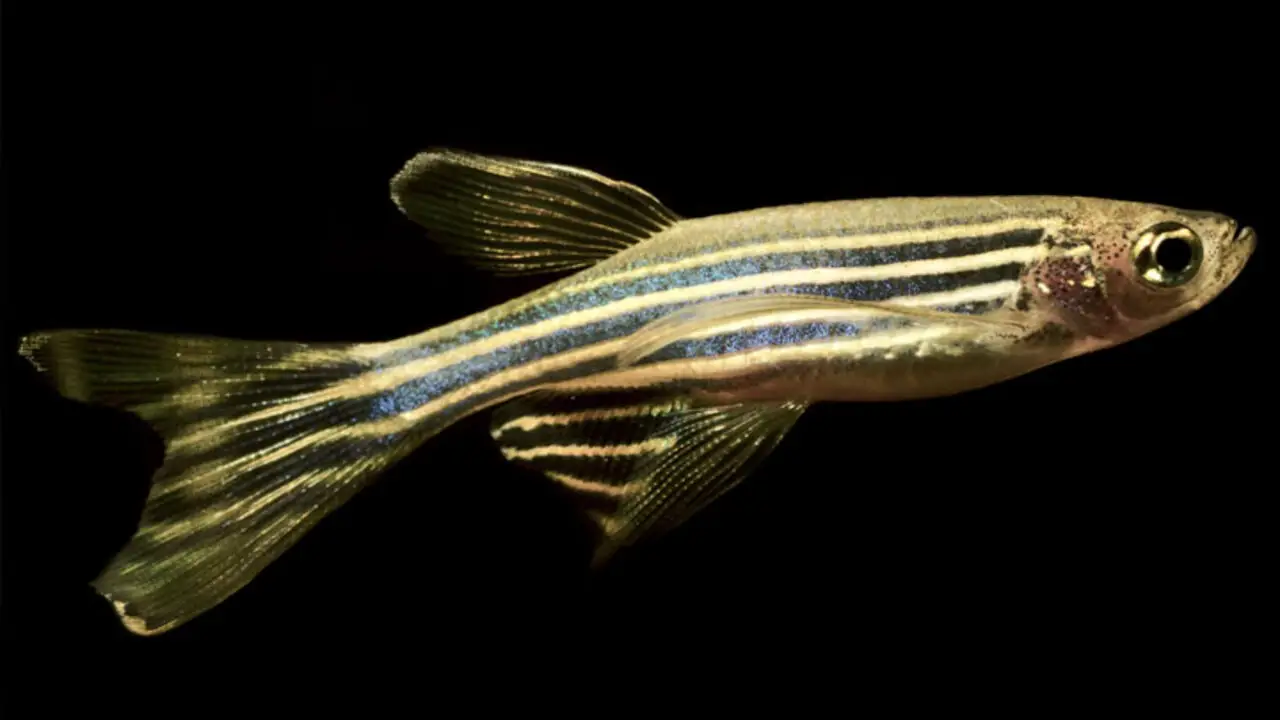
Maintaining optimal water parameters is crucial for successful danio egg breeding. Monitoring and controlling ammonia, nitrite, and nitrate levels in the breeding tank is important. Regular water changes are necessary to ensure a healthy environment for danio-eggs, as stagnant or polluted water can negatively impact their development.
Addressing common water quality issues, such as excessive algae growth or high levels of pollutants, is essential for the well-being of the eggs. Implementing a proactive approach to prevent poor water quality, such as using a filtration system and monitoring water parameters regularly, can greatly contribute to the success of your breeding efforts. By taking these measures, you can create a clean and thriving community tank for your danio-eggs to develop into healthy fry.
Providing Adequate Light And Temperature
Maintaining the optimal temperature and lighting conditions is crucial for developing danio-eggs. It is important to ensure that the tank is well-lit to support the growth of the eggs. Adequate lighting promotes healthy egg development in danio fish. Additionally, monitoring and adjusting the temperature is essential to create an ideal environment for the eggs.
The right temperature and lighting are crucial for the successful hatching of danio-eggs. By providing the ideal conditions, you can increase the chances of successful breeding and hatching. Remember to consider the specific needs of danio rerio (zebra fish), especially in terms of temperature and lighting. Creating a community tank with other compatible species can also provide a more natural environment for danio-eggs to thrive.
Monitoring Reproductive Behavior And Egg Development
Keeping a close eye on your danio fish’s reproductive behavior and egg development is essential for successful breeding. Watch for mating behavior and spawning activity in your aquarium as this indicates that the breeding process has begun. Specifically, observe the female danio for signs of egg development and spawning.
Additionally, pay attention to the male danio’s behavior during egg fertilization. It’s crucial to monitor danio-eggs’ progress as they develop and eventually hatch into free-swimming fry. Regularly check for any abnormalities or issues with danio egg development to ensure the health and well-being of your fish. By closely monitoring reproductive behavior and egg development, you can increase the chances of a successful breeding experience.
Caring For Danio Fry
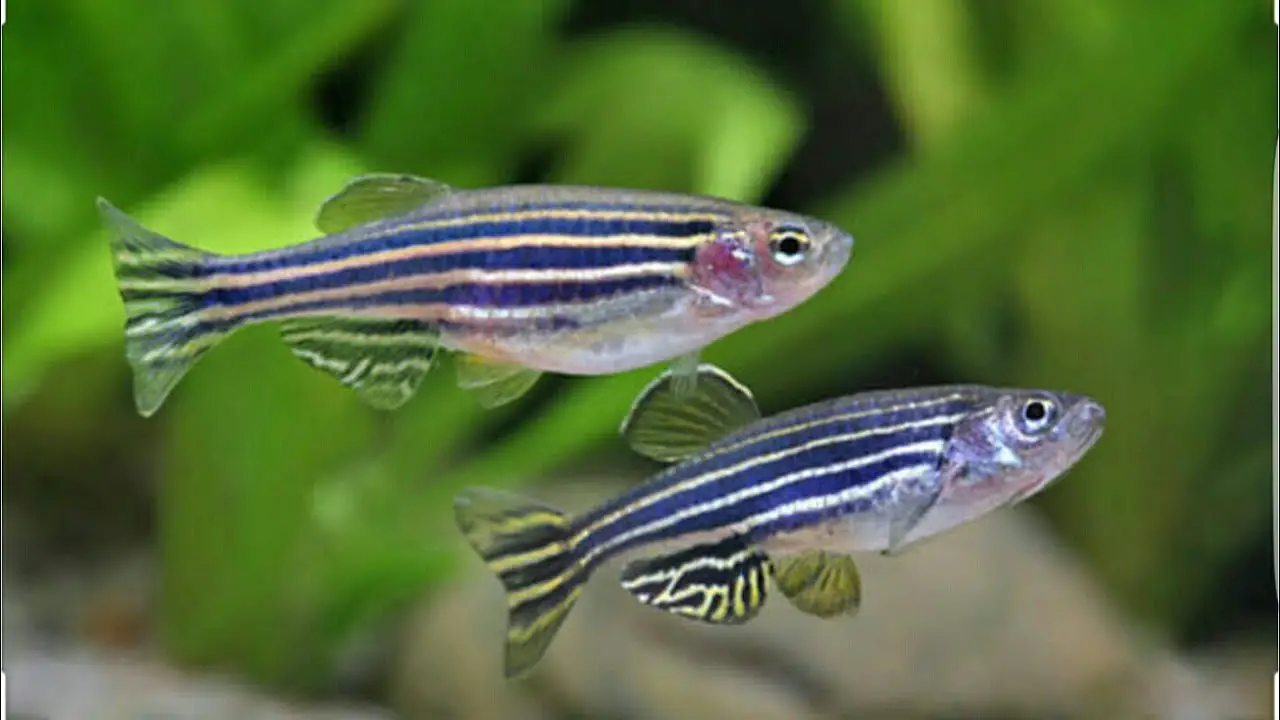
When caring for danio fry, providing them with a separate tank is important. This helps to ensure their safety and allows you to monitor their growth closely. Feed them with appropriate food, such as baby brine shrimp, to nourish the fry, which provides the necessary nutrition for their development.
Maintaining proper water quality and filtration in the fry tank is crucial for their well-being. Pay attention to the temperature and pH level, as these factors play a vital role in their growth. Regularly monitoring the health and growth of the danio fry will enable you to address any issues promptly and ensure their healthy development.
Feeding And Nutrition For Danio Fry
To ensure the proper growth of danio fry, offering them small and frequent feedings is important. A varied diet is essential; live foods like brine shrimp can be included. It’s crucial to make sure that the danio fry has access to nutritious and age-appropriate food. Consider using powdered or liquid fry food to ensure they receive the necessary nutrition. Observing the fry’s feeding behavior is also important to assess their nutritional needs. By following these feeding and nutrition guidelines, you can support the growth and development of danio fry.
Tank Setup And Maintenance
To ensure the successful breeding of danio-eggs, it is crucial to set up a separate tank dedicated to breeding. This will minimize predation risk and provide a controlled environment for the eggs to develop. Incorporating a sponge filter in the breeding tank is essential as it helps maintain optimal water quality by filtering out impurities.
It’s important to regularly clean and maintain the breeding tank to create a healthy environment for the eggs. Monitoring water parameters such as pH and ammonia levels is vital for the overall well-being of the eggs. Additionally, closely monitoring the temperature and water flow in the breeding tank can greatly enhance the chances of successful egg development.
Reducing Risk And Ensuring Healthy Growth
To ensure the healthy growth of danio-eggs, it is important to take certain precautions. One way to reduce the risk of predation is by keeping the eggs away from potential predators such as gold fish or snails. Overcrowding in the tank should also be avoided, as it can lead to stress and poor water quality. Maintaining good water quality is crucial for the health of the eggs, so regular water changes and filtration should be conducted.
Providing hiding spots and vegetation in the tank can offer shelter for the fry once they become free swimming. Finally, minimising stress during tank maintenance is important to promote healthy growth. By following these guidelines, you can increase the chances of successful hatching and ensure the healthy development of the danio-eggs.
Conclusion
To sum up, breeding Danio eggs requires careful preparation and attention to detail. From setting up a proper breeding tank to selecting the right male and female Danio fishes, every step plays a crucial role in the successful hatching and growth of the eggs. Whether you choose natural breeding methods or opt for artificial techniques, maintaining water quality, providing adequate light and temperature, and monitoring reproductive behavior are essential factors to consider.
Once the Danio fry hatch, it is important to provide them with proper feeding and nutrition, a suitable tank setup and regular maintenance. By taking these steps and reducing risks, you can ensure the healthy growth of your Danio fry.
Frequently Asked Questions
How Long Do Danio-Eggs Take To Hatch?
Danio-eggs typically hatch within 48-72 hours after being laid. The water temperature can influence the hatching time. Providing a separate tank with proper filtration and aeration for the eggs is essential. Once hatched, baby danios will need special care and food.
Where Do Danios Lay Their Eggs?
Danios typically lay their eggs on the aquarium bottom or plants, attaching them to leaves or rocks. These small fish are known for laying numerous eggs at once. Once laid, removing the eggs from the tank is important to prevent other fish from consuming them.
How Big Are Danios Eggs?
Danio-eggs are incredibly small, measuring approximately 1mm in diameter. Female danios can lay hundreds of eggs at once. These transparent eggs contain a tiny dot inside the developing embryo. Although the size may vary slightly depending on the species, danio-eggs remain small.
Do Danios Lay Eggs Or Live Birth?
Danios lay eggs instead of giving live birth. Female danios can lay hundreds of eggs at once, which need to be fertilized by male danios to hatch. Typically, danio-eggs will hatch within 48-72 hours.
Are These Zebra Danio-Eggs?
Determining if the eggs are zebra danio-eggs can be challenging without visual confirmation. Zebra danio-eggs typically appear small and transparent, with a single white spot in the center. However, the size and appearance can vary depending on the fish’s age and health. Consulting a specialist or expert is recommended for proper identification.

Aquarium passion is all about connecting with the aquatic life and providing education to the public on the importance of these creatures. We showcase a wide variety of marine life through our exhibits as well as working with schools to provide unique learning opportunities for students of all ages.


